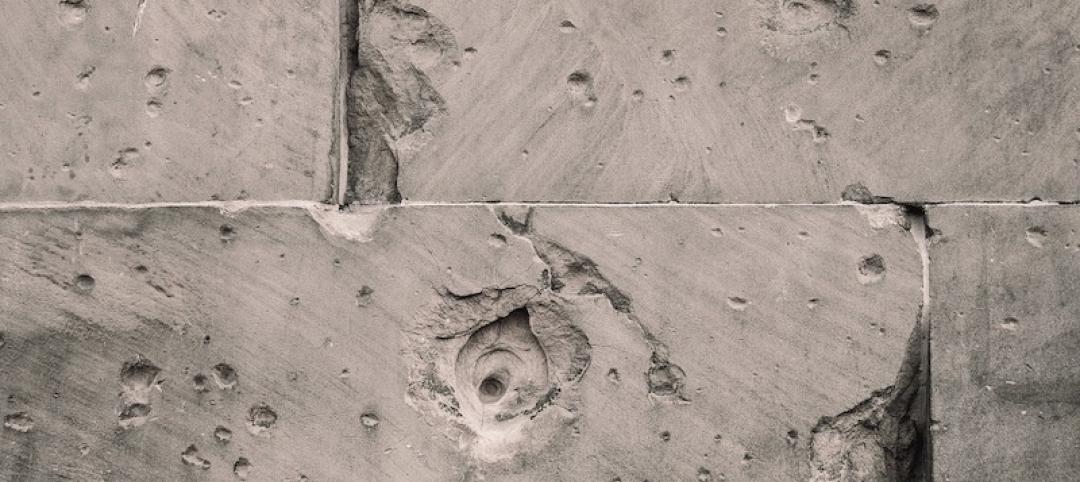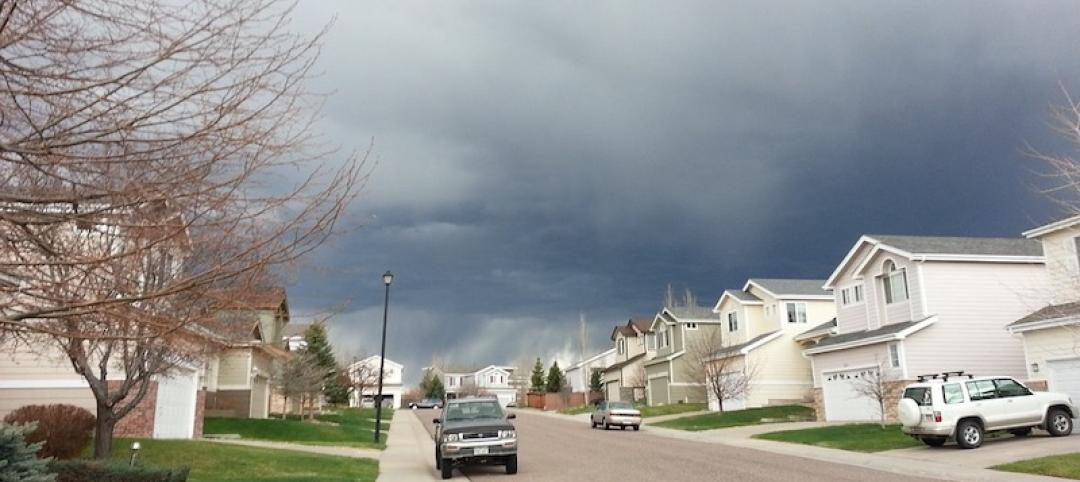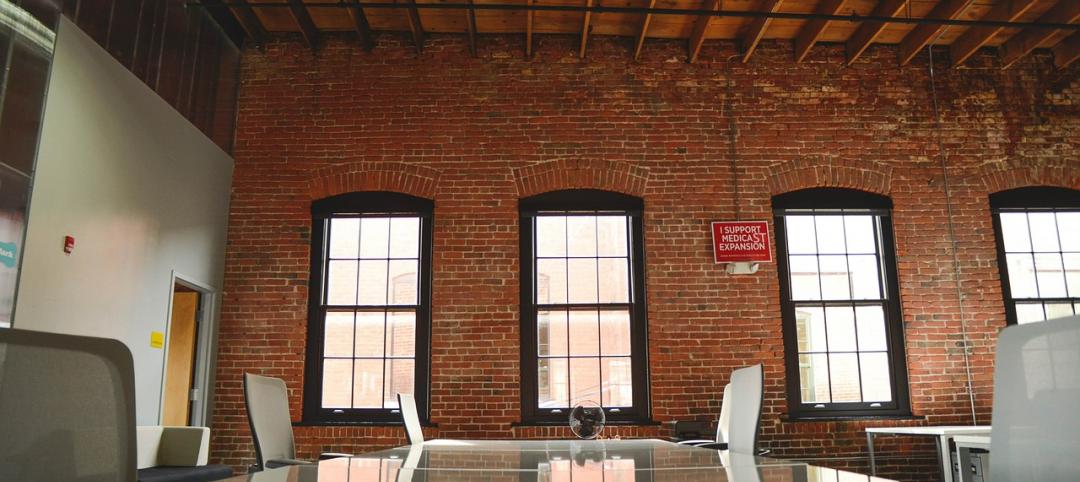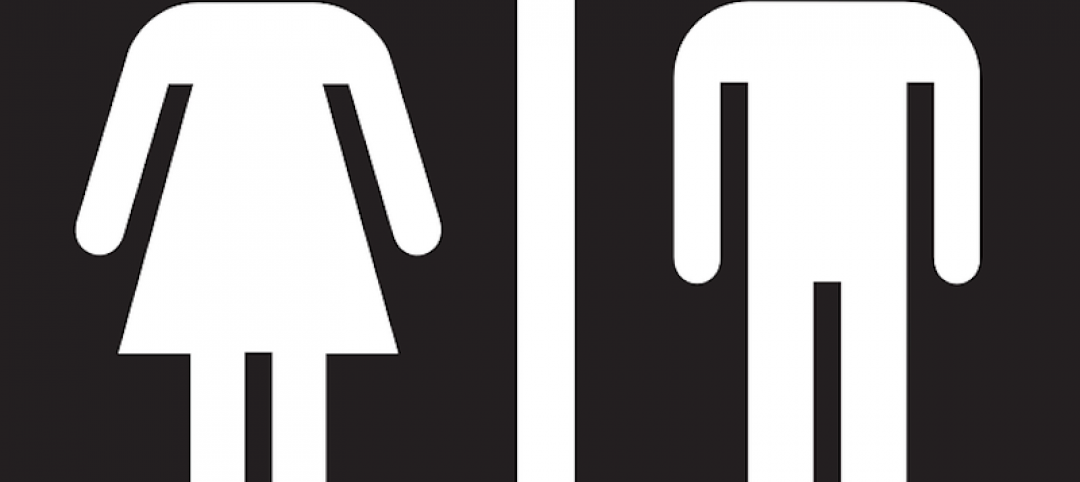U.S. cities are revamping how they handle stormwater to reduce flooding and capture rainfall and recharge aquifers.
New policies reflect a change in mindset from treating stormwater as a nuisance to be quickly diverted away to capturing it as a resource. U.S. urban areas generate an estimated 59.5 million acre-feet of stormwater runoff per year on average, equal to 53 billion gallons a day. That much water is equal to 93% of the country’s total municipal and industrial water use.
In Los Angeles, the nonprofit Trust for Public Land has been removing impervious surfaces in alleys and school grounds and replacing asphalt with natural infrastructure, including trees and pervious surfaces.
In the eastern part of the country where rainfall is more plentiful, cities including New York and Pittsburgh are installing green solutions such as rain gardens and bioswales. Cities are also instituting stormwater fees, charging landowners based on the area of impervious surfaces on a property. More cities are also using permeable pavers for sidewalks and parking lots.
Recharging aquifers via more permeable surface areas not only makes more groundwater available, but it also helps prevent land subsidence that can cause buildings to slowly sink.
Related Stories
Codes and Standards | Aug 22, 2019
Texas flood prevention initiative would create nation’s most ambitious barrier system
Plan including sand dunes and mechanical barriers would cost as much as $32 billion.
Codes and Standards | Aug 22, 2019
Multimedia app identifies construction hazards
Researchers say program will reduce injuries, save lives.
Codes and Standards | Aug 22, 2019
Cities take action to keep cool as climate heats up
Initiatives include cool streets, cool roofs, and broader urban tree canopy.
Codes and Standards | Aug 22, 2019
5G expected to give a boost to construction technology
Virtual reality, Internet of Things, robotics, and drones will all benefit from enhanced data flows.
Codes and Standards | Aug 15, 2019
New edition of Building Code Requirements for Structural Concrete available
American Concrete Institute document includes major technical changes.
Codes and Standards | Aug 13, 2019
Coaching pays off for new managers
Study finds increased engagement and readiness for new roles.
Codes and Standards | Aug 12, 2019
New curtain wall design guidelines released
AAMA document includes mandatory language, optional language, and detailed technical commentary.
Codes and Standards | Aug 9, 2019
Cities modify density zoning to spur more affordable housing projects
Solutions include eliminating single-family zoning and allowing taller apartments in higher-density zones.
Codes and Standards | Aug 8, 2019
More designers focusing on acoustic properties of buildings
Recognition that structures should be acoustically satisfying.
Codes and Standards | Aug 7, 2019
Illinois law makes all single-occupancy restrooms gender-neutral
All must comply by January 1.

















